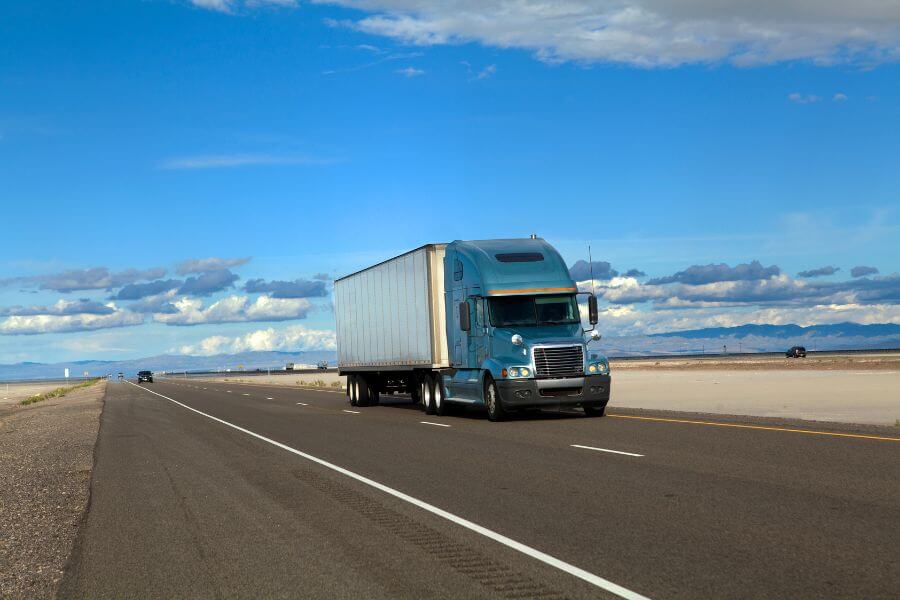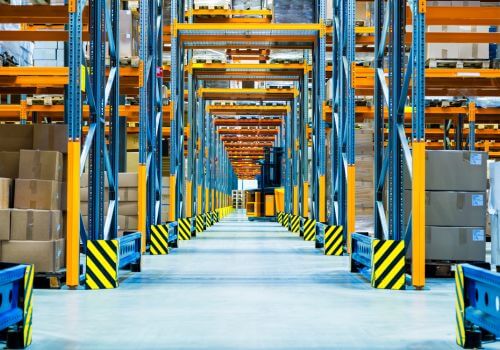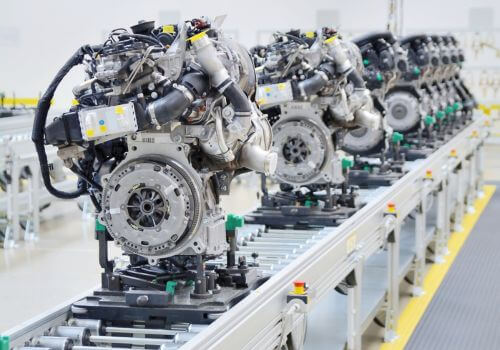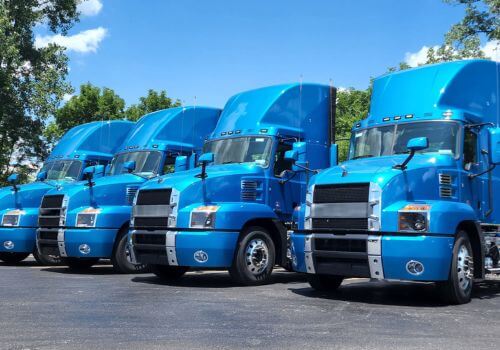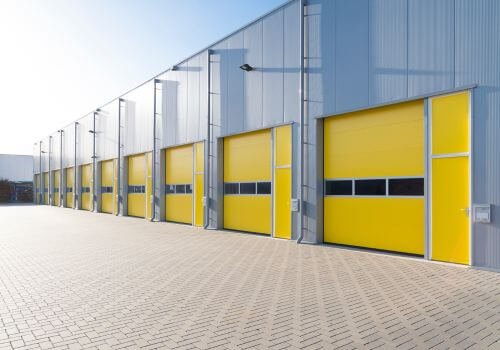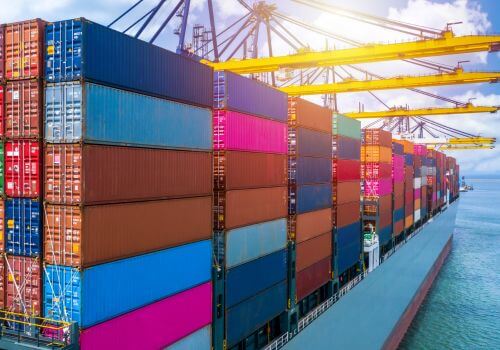Welcome to the world of logistics, where the efficient movement of goods from one place to another is crucial for businesses and economies worldwide. One of the key components of logistics is carriage, which refers to the act of transporting goods by land, sea, or air. In this guide, we will explore the basics of carriage, its types, and how it fits into the broader logistics landscape.
What is carriage in logistics?
Carriage is more than just moving goods from point A to point B; it involves a complex process that includes packaging, storage, transport, unloading, and distribution. It is a critical link between buyers and sellers in international trade, providing a legal framework for the movement of goods across borders.
What are the different types of carriage?
Carriage in logistics can be categorized into several types, each with distinct responsibilities and financial implications. Here are some of the key types:
Carriage inwards and carriage outwards
Carriage inwards: This refers to the cost of transporting raw materials or supplies to a business. It is typically accounted for as part of the cost of goods sold or inventory.
Carriage outwards: This involves the cost of delivering finished goods to customers. It is often treated as a selling expense.
Incoterms and carriage
Carriage Paid To (CPT): An Incoterm where the seller is responsible for paying the cost of transporting goods to a specified location. The seller’s liability ends once the goods are handed over to the carrier, but they must ensure the goods are properly packaged and ready for transport.
Other types of carriage
Free on Board (FOB): Another Incoterm where the seller is responsible for goods until they are loaded onto a ship. Once loaded, the buyer assumes responsibility.
Delivered Duty Paid (DDP): The seller is responsible for all costs, including customs duties, until the goods reach the buyer’s premises.
What are the different modes of transport of carriage?
Carriage can be conducted through several modes of transport, each offering unique advantages and disadvantages. Let’s take a look at the primary modes.
Land transport
This includes trucks and trains, providing flexibility and accessibility, especially for door-to-door deliveries within the same continent. Land transport is ideal for regional distribution and can be more cost-effective for shorter distances.
Air transport
Known for its speed, air transport is the fastest method, making it ideal for urgent shipments or perishable goods. However, it is generally more expensive than other modes and often used for high-value or time-sensitive cargo.
Sea transport
Economical for large shipments over long distances, sea transport is a popular choice for international trade. Although it has longer transit times compared to air transport, it offers significant cost savings for bulk cargo.
Multimodal transport
This approach combines different modes of transport to leverage their strengths. For example, using trucks to reach a port and then ships for international transport, followed by rail or trucks for final delivery. Multimodal transport provides flexibility and efficiency by optimizing each leg of the journey.
What are the three stages of carriage?
In the logistics chain, the process of moving goods from their origin to their final destination is typically divided into three distinct stages: pre-carriage, main carriage, and on-carriage. Each stage plays a crucial role in ensuring that goods are efficiently transported across different modes and distances.
1. Pre-carriage
The pre-carriage stage is the initial leg of the journey, where goods are transported from their point of origin to the main shipping port or terminal. This stage is often handled by land-based modes of transport, such as trucks or trains. Pre-carriage is essential for preparing goods for the longer haul ahead, ensuring they are properly packaged and loaded onto the main carrier.
2. Main carriage
The main carriage stage is the primary transportation leg, where goods are moved from the departure port to the arrival port. This stage typically involves longer distances and often uses sea or air transport. Main carriage is the backbone of international trade, connecting different regions and continents. It requires careful planning to ensure timely and cost-effective delivery.
3. On-carriage
The on-carriage stage is the final leg of the journey, where goods are transported from the arrival port to their final destination. Similar to pre-carriage, on-carriage often involves land transport, such as trucks, to deliver goods directly to the customer’s doorstep. This stage is critical for ensuring that goods are delivered in good condition and on time, completing the logistics cycle.
In summary, Carriage in logistics refers to the process of transporting goods from one place to another, typically involving various modes of transport such as land, sea, or air, and is a crucial link in the supply chain connecting suppliers with customers.

